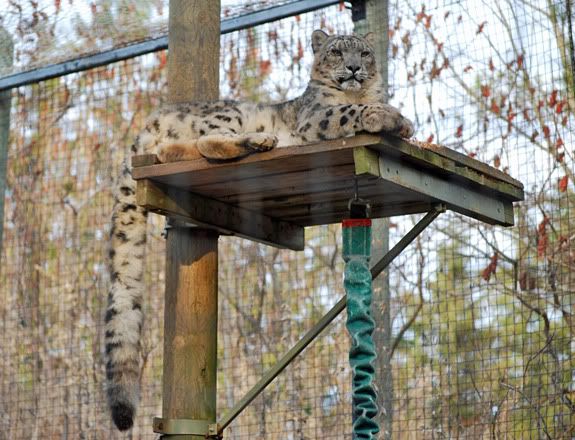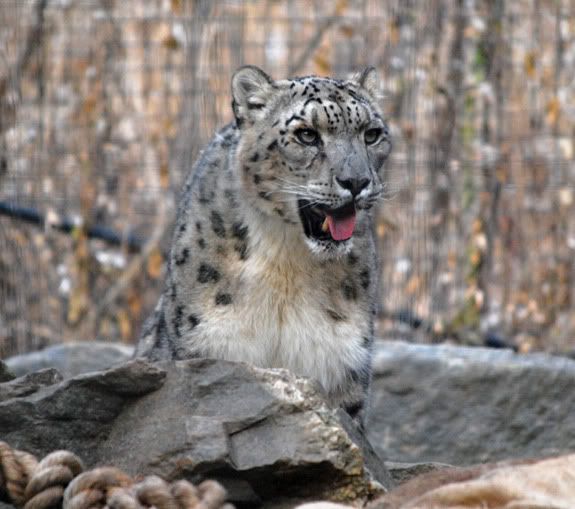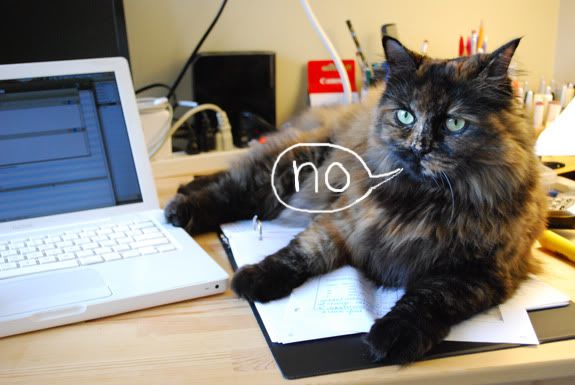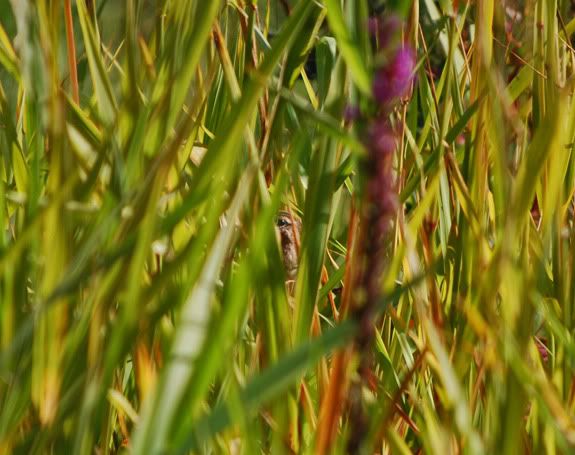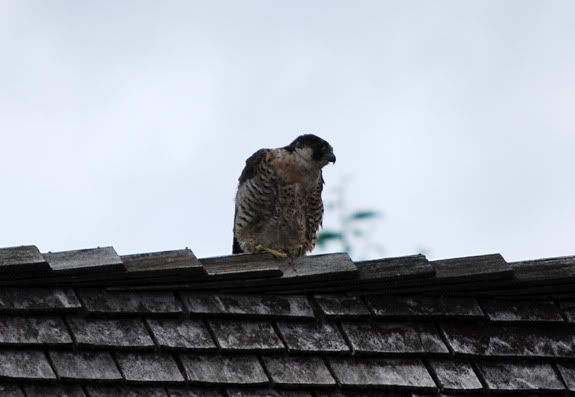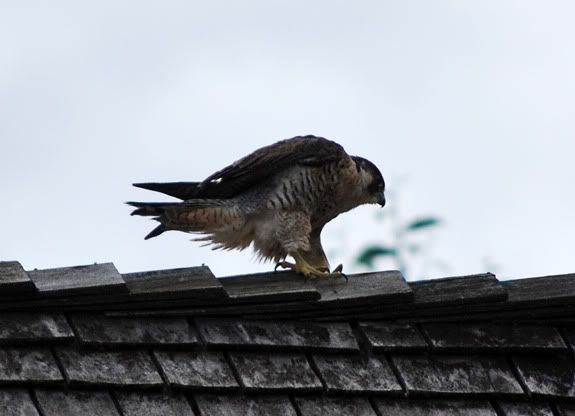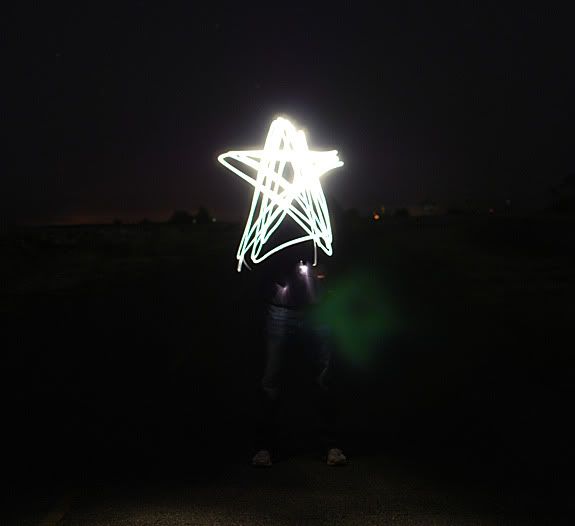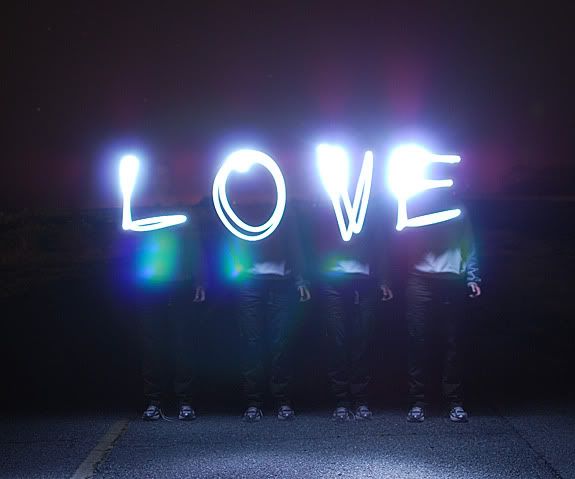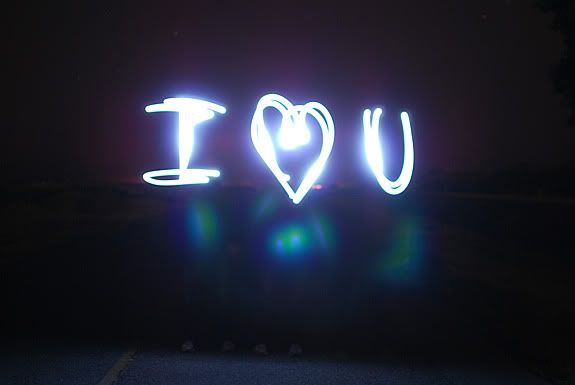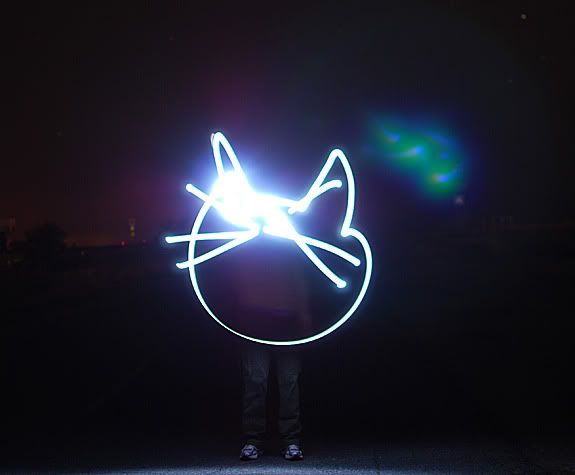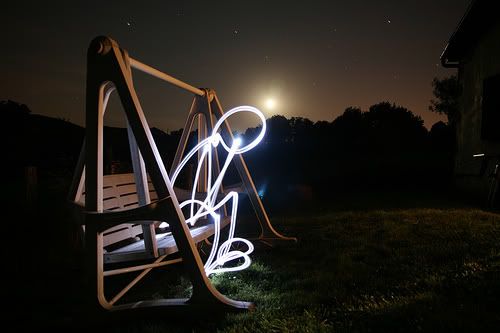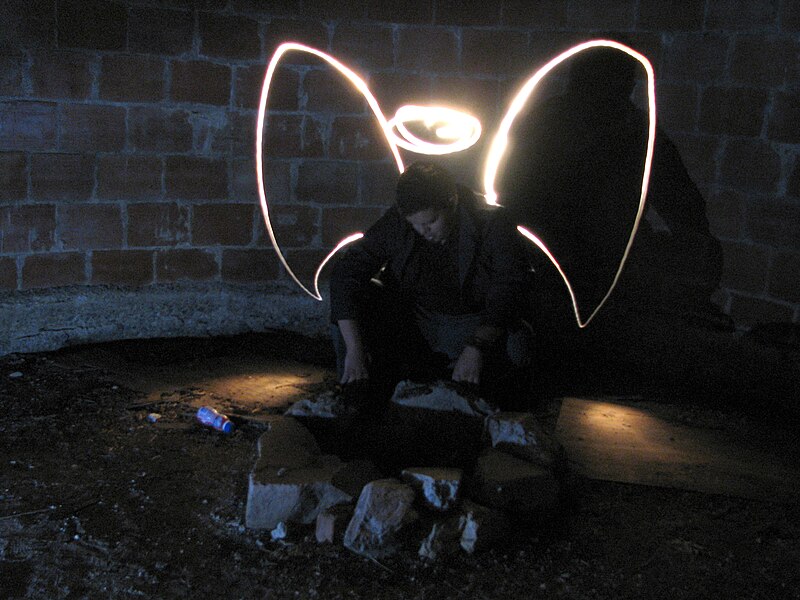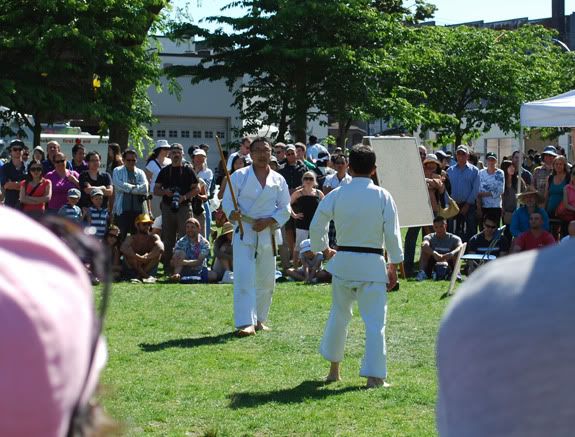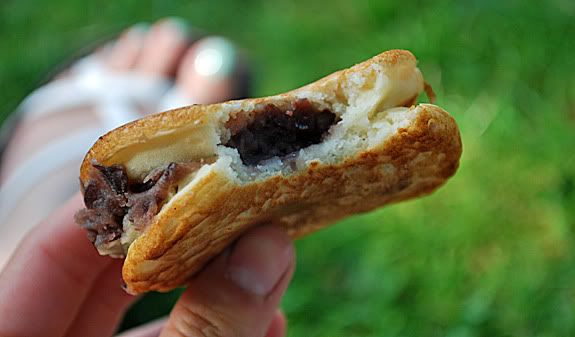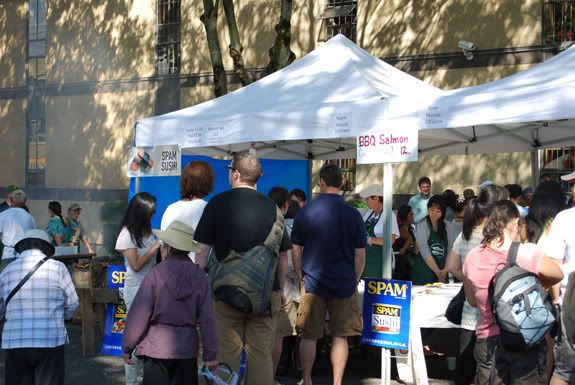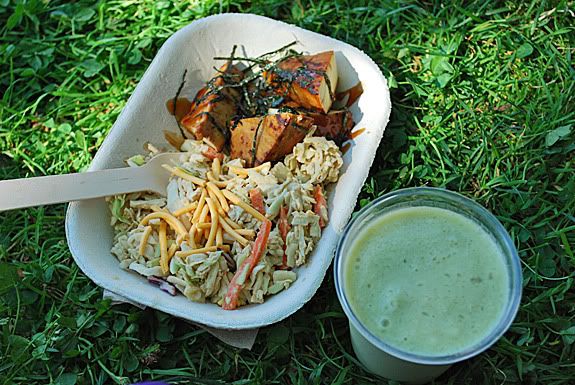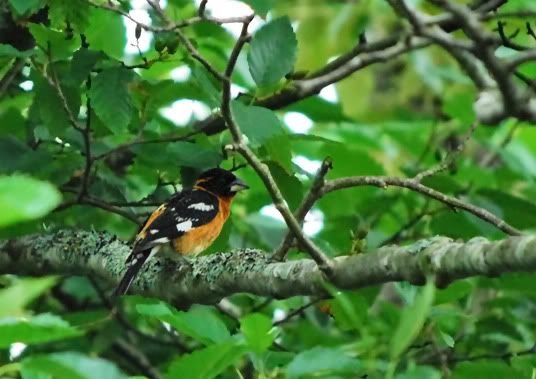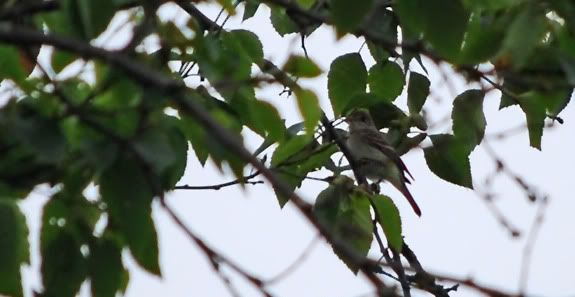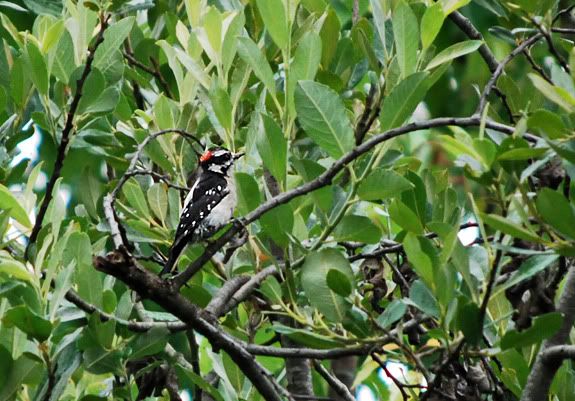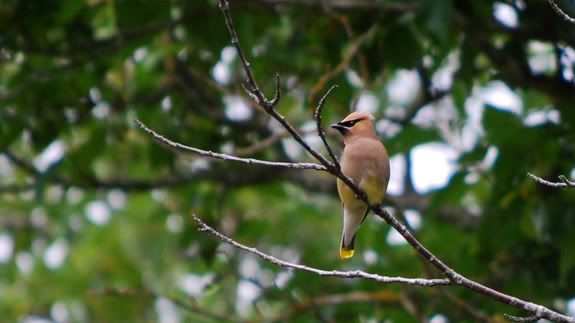We started off with a chat about camel insemination, with baby Kumar being the product of such a procedure:

Here's one of the daddy camels, who unfortunately has not 'taken' to any of the female camels... possibly because he finds his food bowl overwhelmingly attractive instead (honestly, that's how they collect his, uh, gametes).
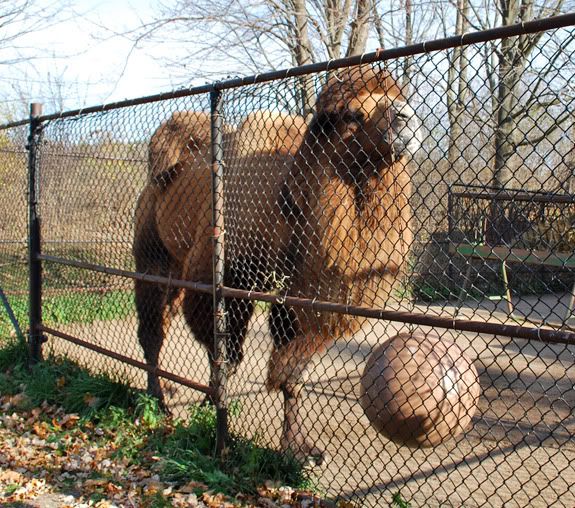
This was a massive, massive animal - Bactrian camels weigh up to 1000 pounds. For some reason, I kind of expected them to be llama-sized. Sadly, they are critically endangered, with only 800 animals remaining in the wild.
We then got to tour the reproductive physiology unit, where veterinarians and researchers are learning more about how these exciting animals breed! This is not just neat because you get to help make cute baby animals, but the Toronto Zoo is also involved in a number of conservation programs, breeding endangered species to help preserve their genetic diversity and raise enough animals to return them to the wild. This is something that I've always wanted to be involved in, and I'm so excited to get a chance to meet some of the leaders in this field. I think the amount that we still don't know about these animals is amazing - it was fascinating to hear the staff talk about how difficult it is to get these animals to breed. Reproduction cycles of species like the cow have been so thoroughly mapped out that it's relatively easy to follow a protocol to get your cow pregnant - in some of these exotic species, we have no idea how often they come into heat, when they ovulate, what their hormone levels are, how to maintain the pregnancy, what the animal needs for a successful birth... there's so much to be learned, and I can only imagine how rewarding it must be to put that knowledge to use and one by one help build up the populations of some critically rare species.
After that, we got to visit one more animal - the Indian rhinoceros! We met a young male rhino who was about 2000 kg in weight, but who calmly lay down on his side when asked by his handler. This isn't just for tricks - these animals are taught how to respond to simple commands like this in order to facilitate their handling and treatment by veterinarians. With the rhino on his side, we were able to touch and examine his feet - to my surprise, they were warm and soft... softer than mine! We then got to feel his tough, boulder-like skin and feed him apples, which he scooped up with his extremely mobile, triangular lips. Sadly I don't have any pictures of him!
We were then free to tour the zoo on our own, and the first animals we visited were the lowland gorillas. This species is also critically endangered due to bushmeat hunting, the pet trade, and habitat loss.
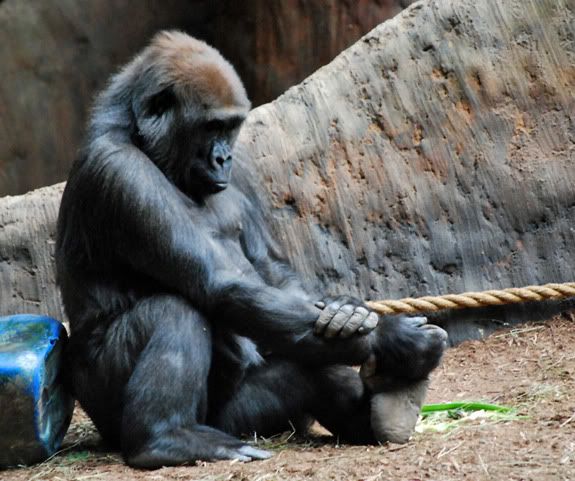
We saw some slender tailed meerkats:
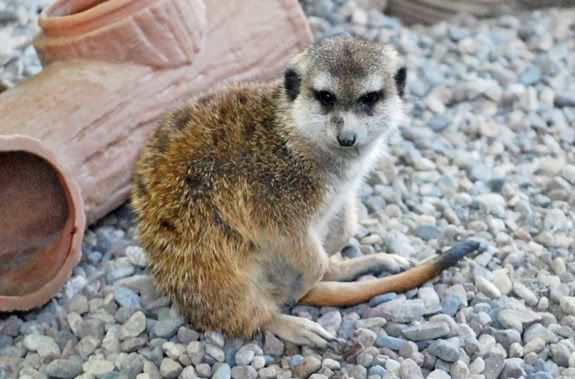
A pygmy hippopotamus!
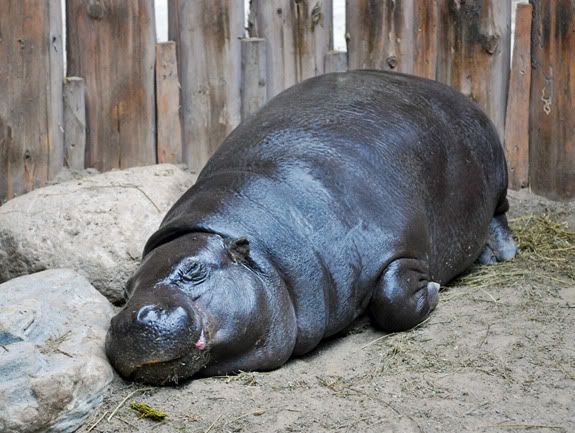
THIS IS A RED PANDA IT IS THE CUTEST THING IN THE WORLD
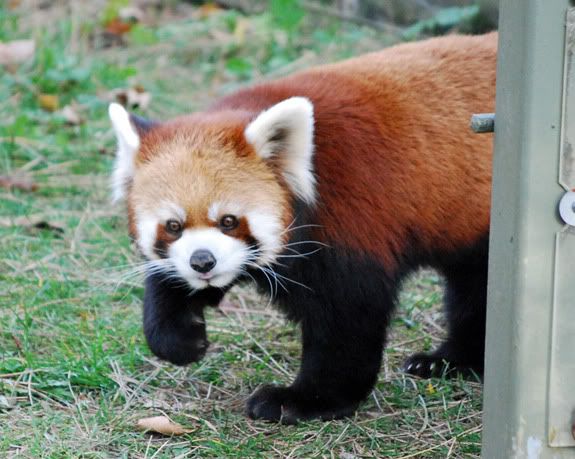
Some Barbary apes:
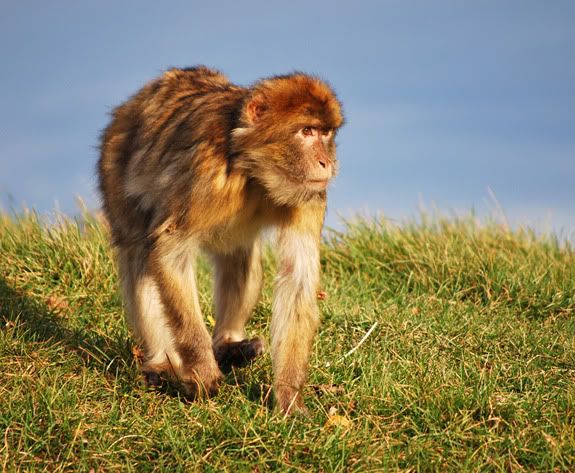
Have I ever mentioned I'm a little afraid of monkeys? These apes aren't so bad because they don't have those creepy, clingy tails, but macaques and stuff just give me the heebie-jeebies. I think it's because of the movie Outbreak.
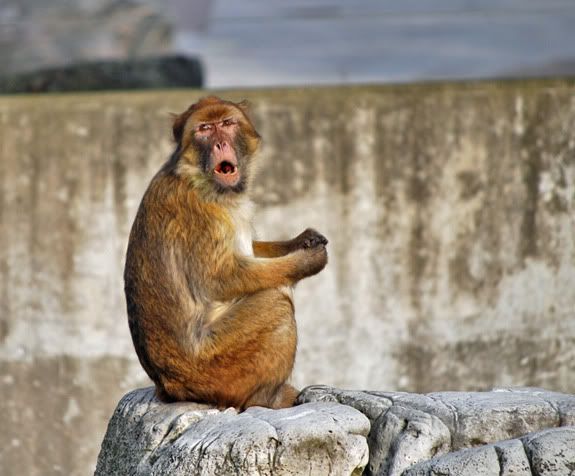
And finally, the breathtakingly beautiful and heartbreakingly endangered snow leopard.
